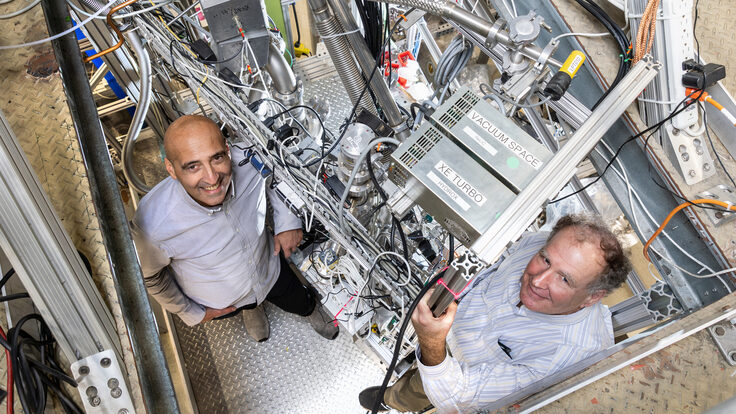Looking for some help with cooking your Thanksgiving feast this holiday? Here are a couple of ways that particle physics can lend a hand.
The plastic industry uses particle accelerators to treat the sturdy shrink wrap that keep Butterball turkeys and many other food products fresh.
Not sure how long to cook your turkey? Take some advice from SLAC Director Emeritus Pief Panofsky and use the equation he derived for the holiday: t = W(2/3)/1.5, where t is the cooking time in hours and W is the weight of the stuffed turkey, in pounds. The constant 1.5 was determined empirically.
If a Butterball turkey will take the spotlight on your table, you have particle accelerators to thank for its freshness. The food industry uses particle accelerators to produce the sturdy, heat-shrinkable film that Butterballs come wrapped in. When a beam of electrons from a particle accelerator hits the plastic wrapping, it causes a chemical reaction that makes the film super strong and heat resistant. The food industry purchases the treated shrink wrap from plastic manufacturers in the form of bags or rolls. A turkey gets placed inside, and voila, a fresh meal will soon grace your Thanksgiving table.
From all of us at symmetry magazine, have a wonderful Thanksgiving!







